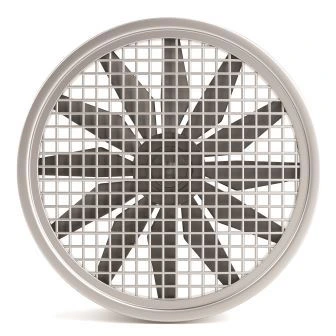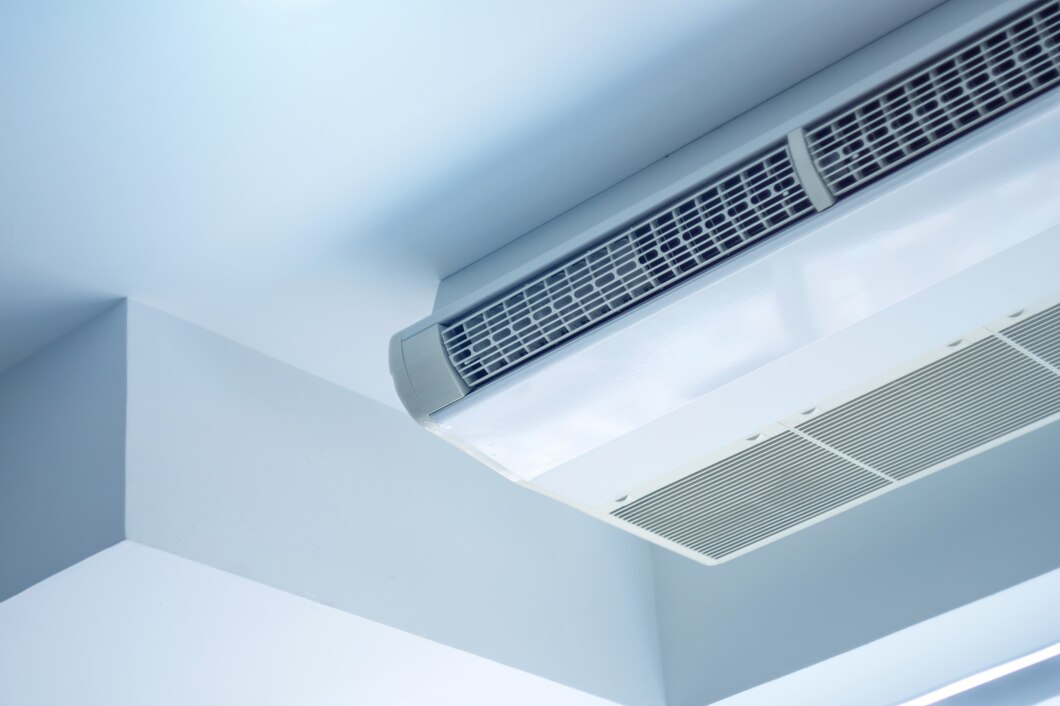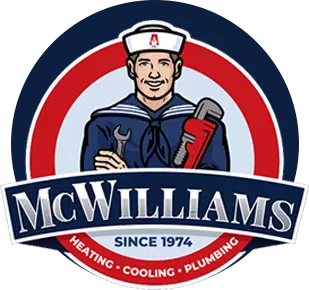Blog
Introduction
 Indoor Air Quality in the Winter: How to Breathe Easy in a Well-Sealed Home. More attention is placed on tighter home construction and efficiency upgrades for existing homes nowadays. Home efficiency may be great for lower energy bills and increased comfort, but tightly sealed homes degrade indoor air quality, especially in the winter when homes are buttoned up.
Indoor Air Quality in the Winter: How to Breathe Easy in a Well-Sealed Home. More attention is placed on tighter home construction and efficiency upgrades for existing homes nowadays. Home efficiency may be great for lower energy bills and increased comfort, but tightly sealed homes degrade indoor air quality, especially in the winter when homes are buttoned up.
Your home doesn’t have to be stuffy and uncomfortable, which is important considering the negative impact contaminants have on health, comfort, and energy levels. If you would like healthful indoor air quality in winter, use these tips in your Nacogdoches home and breathe easier all year.
Ventilation
Uncontrolled ventilation, such as opening windows and doors, is more practical during the other seasons in our region. So, controlled ventilation is needed in the winter. Here are two ventilation options:
- Spot ventilation: Make sure kitchen and bathroom exhaust fans vent outside the home and not into the attic. Use exhaust fans during cooking and bathing activities, and continue to run them several minutes after.
- Whole-home ventilation: With indoor air quality as a standard design factor in new homes, more homeowners are enjoying the benefits of whole-home ventilation. Energy-recovery ventilators (ERVs) use a heat exchange core to minimize the load placed on the heating and cooling systems for bringing in fresh outdoor air.
Source Control
It’s important to know what kind of chemicals are in your home and garage. Unsealed or loosely-sealed containers leak volatile organic compounds (VOCs) and other chemicals into the home’s living spaces. Auto emissions are found in larger quantities in homes with attached garages. Seal and paint walls and install weatherstripping on garage access doors.
Air Cleaning
Air cleaning measures remove airborne contaminants and help protect the HVAC system. Use a mid-efficiency air filter. If household members suffer respiratory ailments, such as asthma and allergies, you may also consider installing a whole-home electronic air cleaner and a UV light system. These air cleaners remove or destroy micro-organisms and debris, and help everyone breathe easier.
For more tips to improve indoor air quality in winter, please contact the experts at McWilliams Heating, Cooling and Plumbing. Remember this article Indoor Air Quality in the Winter: How to Breathe Easy in a Well-Sealed Home.
Share This :
Emily
Table of Contents
Discover New Blog Posts
A well-functioning air conditioning (AC) system is essential for maintaining home comfort, especially during the warm months in places like Splendora. When your AC unit […]
The summer heat is right around the corner, and with it comes increased use of air conditioning systems in Shepherd. A well-maintained AC condenser unit […]
Air conditioning systems have become an essential part of modern living, providing much-needed comfort during the warm months. In Cleveland, where temperatures can rise significantly, […]






 7
7 
